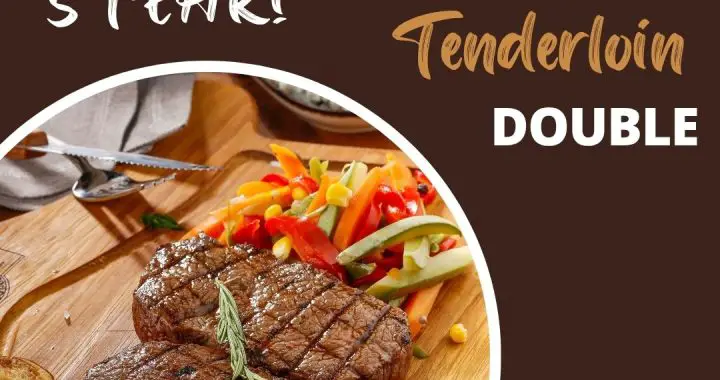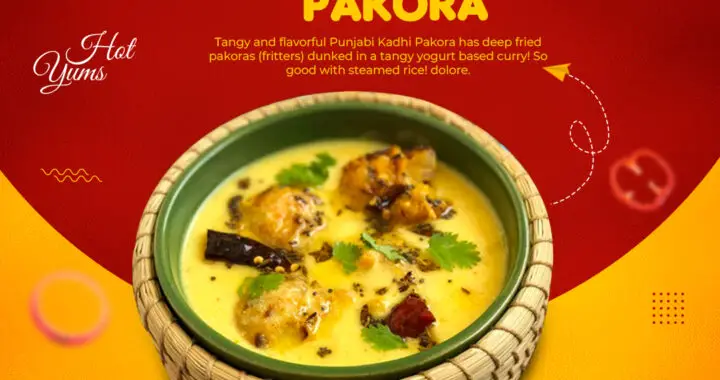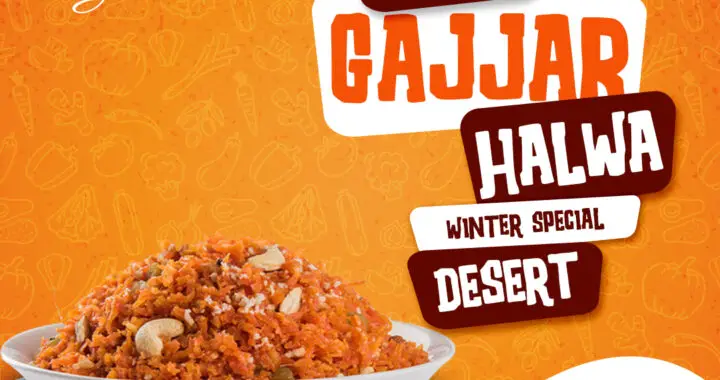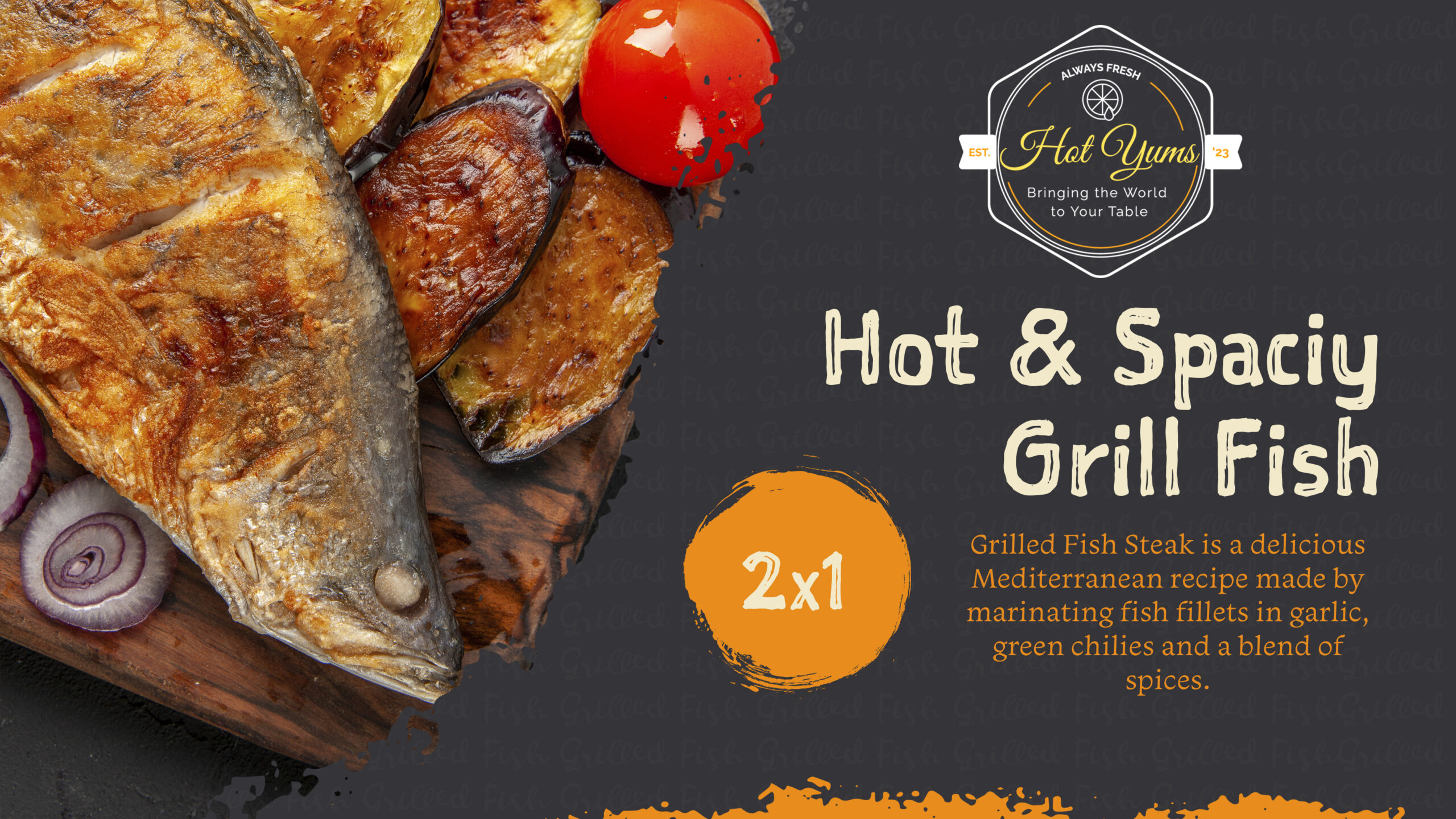Navigating the Rich Tapestry of Arabic Mandi


In the enchanting realm of Middle Eastern cuisine, few dishes capture the essence Rich Tapestry of Arabic Mandi of tradition and flavor as profoundly as Arabic Mandi. This culinary masterpiece, Rich Tapestry of Arabic Mandi deeply woven into the cultural fabric of the Arabian Peninsula, beckons diners on a sensory journey marked by aromatic spices, slow-cooked meats, and fragrant basmati rice.
The Essence of Arabic Mandi
Arabic Mandi, with its roots in the centuries-old Bedouin culinary traditions, stands as a testament to the meticulous artistry of Arabian cooking. The term itself evokes images of grand feasts and communal gatherings, where families come together to savor the richness of this iconic dish.
1. Spice Laden Harmony :
The heart of Arabic Mandi lies in a harmonious blend of spices—cinnamon, cardamom, cloves, and bay leaves—that imparts a distinctive and captivating aroma. This spice symphony elevates the dish beyond a mere culinary creation; it becomes a sensory experience.
2. Tenderized Perfection :
At the core of the Mandi experience is the slow-cooked meat. Whether it’s succulent lamb, chicken, or beef, the meat undergoes a marination ritual that allows it to absorb the intricate flavors. Slow cooking ensures a melt-in-the-mouth texture that defines a perfectly crafted Arabic Mandi.
3. Basmati Brilliance :
The fragrant basmati rice, a staple in Middle Eastern kitchens, plays a pivotal role in the Mandi experience. It serves as a canvas, absorbing the essence of the meat and spices, culminating in a delectable partnership that completes the dish.
The Rituals of Mandi Preparation
1. The Marination Ceremony
Before the culinary symphony begins, the meat undergoes a marination ritual. The combination of spices, coupled with yogurt, transforms the meat into a succulent masterpiece, setting the stage for the flavors to unfold.
2. Pit Cooking Tradition
Traditionally, Arabic Mandi is prepared in an underground clay oven known as a tandoor. The method involves slow-cooking the marinated meat and rice over charcoal, allowing the flavors to meld and intensify in the enclosed space, resulting in an unrivaled smokiness.
3. The Art of Layering
Arabic Mandi is a dish of layers, each contributing to the overall tapestry of flavors. The marinated meat is carefully layered atop the rice, creating a culinary masterpiece that ensures every bite encapsulates the essence of the dish.
How is Arabic Mandi different from other Middle Eastern dishes?
Arabic Mandi stands out among Middle Eastern dishes due to its unique preparation method, distinctive flavors, and cultural significance. Here are some key ways in which Arabic Mandi differs from other Middle Eastern dishes:
- Cooking Method: Arabic Mandi is often slow-cooked, traditionally in an underground clay oven called a tandoor. This slow-cooking process imparts a smoky flavor to the meat and allows the spices to penetrate deeply, resulting in a tender and flavorful dish. Other Middle Eastern dishes may use various cooking methods, including grilling, roasting, or stewing.
- Spice Profile: The spice blend used in Mandi sets it apart. It typically includes a combination of cinnamon, cardamom, cloves, and bay leaves, creating a distinctive and aromatic flavor profile. While other Middle Eastern dishes also use spices, the specific blend and proportions vary, giving each dish its unique taste.
- Marination Ritual: Mandi involves a meticulous marination process, where the meat is infused with a blend of spices and yogurt before cooking. This ritual contributes to the depth of flavor and tenderness of the meat. Other Middle Eastern dishes may have different marination techniques or may not emphasize marination as prominently.
- Use of Basmati Rice: Mandi is often served with fragrant basmati rice, cooked alongside the meat. The rice absorbs the flavors of the meat and spices, creating a harmonious combination. While rice is a staple in many Middle Eastern dishes, the specific type and preparation method can vary.
- Cultural Significance: Mandi holds cultural significance in Arabian cuisine and is often associated with special occasions and celebrations. It is a dish that brings people together for communal dining. While other Middle Eastern dishes may also be enjoyed during festivities, the cultural rituals and associations can differ.
- Regional Variations: Different regions within the Middle East have their own traditional dishes, and the specifics can vary. Mandi is particularly associated with Arabian Peninsula cuisine, especially in countries like Saudi Arabia and Yemen. Rich Tapestry of Arabic Mandi Other Middle Eastern countries may have their own iconic dishes with distinct flavors and preparation methods.
- Accompaniments: Mandi is typically accompanied by various side dishes and sauces, enhancing the overall dining experience. The choice of accompaniments can vary, but the combination of flavors in Mandi is crafted to create a balanced and satisfying meal.
While Middle Eastern cuisine shares common elements, the unique combination of slow-cooking, spice blend, and cultural traditions sets Arabic Mandi apart, making it a culinary gem that represents the rich heritage of the Arabian Peninsula.
Is Mandi always made with lamb, or are there other meat options?
You May also like
From Sea to Sizzle Exploring the World of Grilled Fish
While lamb is a popular and traditional choice for making Mandi, this delectable Middle Eastern dish is versatile, and various meats can be used to create equally enticing variations. The choice of meat often depends on personal preferences, regional traditions, and availability. Here are some common meat options used in Mandi Rich Tapestry of Arabic Mandi
- Lamb: Lamb is the classic and most traditional choice for Mandi. Its rich flavor and tenderness make it a favorite among Mandi enthusiasts.
- Chicken: Chicken Mandi is a popular alternative, appreciated for its lighter taste. The slow-cooking process ensures that the chicken becomes tender and absorbs the aromatic spices.
- Beef: Beef Mandi is another option for those who prefer the robust flavor of beef. The slow-cooking method helps tenderize the beef, resulting in a succulent and flavorful dish.
- Goat: In some regions, goat meat is used to prepare Mandi, offering a unique taste that enthusiasts appreciate. The slow-cooking process helps enhance the tenderness of goat meat.
- Fish: While less common, there are variations of Mandi that feature fish, especially in coastal regions. The delicate flavor of fish can be complemented by the aromatic spices used in Mandi.
- Combination: Some Mandi recipes even combine different types of meat, allowing for a diverse and rich blend of flavors. This approach can cater to a variety of tastes within a single dish.
The choice of meat can influence the overall character of the Mandi, as each type of meat brings its own unique flavor and texture to the dish. Whether you prefer the traditional lamb version or opt for a lighter alternative like chicken, Mandi offers a culinary journey that caters to a range of meat preferences Rich Tapestry of Arabic Mandi .
Can I make Mandi at home?
Absolutely, you can make Mandi at home! While traditional Mandi preparation involves a tandoor or underground clay oven, there are home-friendly adaptations that allow you to recreate the flavors of this Middle Eastern dish in your own kitchen. Here’s a simplified recipe for making Chicken Mandi at home:
Ingredients Rich Tapestry of Arabic Mandi :
For the Chicken:
- 1 whole chicken, cleaned and cut into pieces
- 2 cups basmati rice, soaked for 30 minutes
- 1 large onion, finely chopped
- 3 tablespoons Mandi spice mix (cinnamon, cardamom, cloves)
- 2 tablespoons vegetable oil
- Salt to taste
For the Rice:
- 2 cups basmati rice
- 4 cups chicken broth
- 2 tablespoons Mandi spice mix
- 2 tablespoons ghee or butter
Instructions Rich Tapestry of Arabic Mandi :
- Marinate the Chicken: In a bowl, mix the chicken pieces with Mandi spice mix, chopped onion, vegetable oil, and salt. Allow it to marinate for at least 30 minutes or, for a more intense flavor, refrigerate it for a few hours.
- Prepare the Rice: Rinse the soaked basmati rice and cook it in chicken broth with Mandi spice mix and ghee (or butter) until it’s 70-80% cooked. Drain any excess liquid.
- Cook the Chicken: In a large pot, heat a bit of oil and sear the marinated chicken until it gets a golden color. Add water to cover the chicken, bring it to a boil, then reduce the heat and let it simmer until the chicken is cooked through.
- Layering: In a separate ovenproof dish or pot, layer the partially cooked rice over the cooked chicken. You can alternate layers for a more even distribution of flavors.
- Cooking Together: Cover the pot tightly with aluminum foil or a lid. Cook on low heat for about 20-30 minutes, allowing the flavors to meld and the rice to fully cook.
- Serve: Gently fluff the rice with a fork, ensuring it’s well mixed with the chicken. Serve the Mandi on a large platter, placing the chicken pieces on top of the fragrant rice.
- Garnish and Enjoy: Garnish with fried onions, almonds, or fresh herbs for added flavor and visual appeal. Serve with a side of yogurt or a simple salad.
This simplified Mandi recipe allows you to enjoy the rich flavors of this Middle Eastern dish in the comfort of your home. Feel free to adjust the spice levels and ingredients according Rich Tapestry of Arabic Mandi to your taste preferences. Happy cooking!
Can Mandi be adapted for a vegetarian or vegan diet?
Yes, Mandi can indeed be adapted for a vegetarian or vegan diet, offering a plant-based version that retains the aromatic flavors and essence of this Middle Eastern dish. Here’s a delicious recipe for Vegetarian/Vegan Mandi using a combination of vegetables and flavorful spices:
Ingredients:
For the Vegetables:
- 2 cups mixed vegetables (carrots, bell peppers, zucchini, potatoes), chopped
- 1 large onion, finely chopped
- 3 tablespoons Mandi spice mix (cinnamon, cardamom, cloves)
- 2 tablespoons vegetable oil
- Salt to taste
For the Rice:
- 2 cups basmati rice
- 4 cups vegetable broth
- 2 tablespoons Mandi spice mix
- 2 tablespoons vegan butter or vegetable oil
Optional Toppings:
- Fried onions
- Almonds or cashews, toasted
- Fresh cilantro or parsley, chopped
Instructions:
- Sauté Vegetables: In a large pot, heat vegetable oil and sauté chopped onions until translucent. Add the mixed vegetables and cook until they begin to soften.
- Add Mandi Spice Mix: Stir in the Mandi spice mix, ensuring the vegetables are well-coated. Adjust the spice level according to your preference.
- Prepare the Rice: Rinse the basmati rice and cook it in vegetable broth with Mandi spice mix and vegan butter (or oil) until it’s 70-80% cooked. Drain any excess liquid arabic mandi in transprancy .
- Layering: In an ovenproof dish or pot, layer the partially cooked rice over the sautéed vegetables. You can alternate layers for even distribution of flavors.
- Cooking Together: Cover the pot tightly with aluminum foil or a lid. Cook on low heat for about 20-30 minutes, allowing the flavors to meld and the rice to fully cook.
- Serve: Gently fluff the rice with a fork, ensuring it’s well mixed with the vegetables. Serve the Vegetarian/Vegan Mandi on a large platter.
- Garnish and Enjoy: Garnish with fried onions, toasted almonds or cashews, and fresh cilantro or parsley for added flavor and visual appeal.
This adaptation allows you to experience the rich and aromatic profile of Mandi while embracing a vegetarian or vegan lifestyle. Rich Tapestry of Arabic Mandi Feel free to customize the vegetable selection and adjust the spice levels according to your taste. Serve with a side of vegan yogurt or a simple salad for a complete and satisfying meal.
Mandi Beyond Borders
1. Modern Kitchen Adaptations Rich Tapestry of Arabic Mandi
While traditional methods hold a special place, Arabic Mandi has transcended its cultural origins, finding a global audience. Modern kitchens experiment with various techniques, making Mandi accessible to culinary enthusiasts worldwide.
2. Culinary Creativity Unleashed Rich Tapestry of Arabic Mandi
Mandi has become a canvas for culinary creativity. Chefs infuse their own twists, incorporating ingredients like nuts, dried fruits, or subtle hints of citrus to add layers to this already complex dish Rich Tapestry of Arabic Mandi .
The Soulful Experience: Sharing Arabic Mandi
1. A Feast for Gatherings Rich Tapestry of Arabic Mandi
Arabic Mandi is not merely a dish; it’s a celebration. Often enjoyed during festive occasions and family gatherings, it brings people together to savor not just the food but the shared joy of communal dining.
2. Culinary Storytelling
Every plate of Mandi tells a story of tradition, craftsmanship, and the warmth of Arabian hospitality. It invites diners to partake in a culinary journey that extends beyond the boundaries of a meal.
Conclusion Rich Tapestry of Arabic Mandi :
A Journey Through Flavor and Tradition
Arabic Mandi is more than a dish; it’s a cultural treasure that invites diners to embark on a journey through the flavors and traditions of the Arabian Peninsula. Whether prepared in the heart of the Middle East or savored in kitchens around the world, Mandi stands as a testament to the timeless allure of culinary craftsmanship. So, gather around the table, inhale the aromatic symphony of spices, and let the enchanting world of Arabic Mandi captivate your senses in a culinary odyssey like no other Rich Tapestry of Arabic Mandi .

 Simple Fruit Salad Recipe
Simple Fruit Salad Recipe  Best sushi
Best sushi  Juicy Tender beef steak
Juicy Tender beef steak  Kadhi Pakora: A Palate-Pleasing Dance of Flavor and Texture
Kadhi Pakora: A Palate-Pleasing Dance of Flavor and Texture  Gajjar ka Halwa Symphony of Sweetness
Gajjar ka Halwa Symphony of Sweetness  From Sea to Sizzle Exploring the World of Grilled Fish
From Sea to Sizzle Exploring the World of Grilled Fish